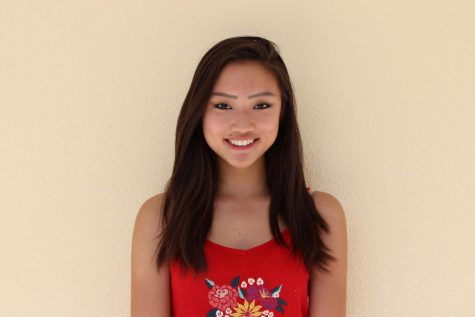Madame President
October 22, 2016
Upon realizing that the 2016 presidential election would be between former Secretary of State Hillary Clinton and celebrity business mogul Donald Trump, the media began spinning headline after headline on the imminent unpopularity contest. “Trump vs. Clinton poised to be the battle of most disliked nominees in decades,” ABC News declared. Though both candidates have received their fair share of negative coverage, Clinton’s gender has warranted a different brand of criticism.
The political favorability of Trump has consistently been more negative than positive, beginning in 1999 when he entered the presidential race as a Reform Party candidate and Gallup polled him at 40 percent favorable and 47 percent unfavorable. In his 2012 run, Trump’s ratings were similar at 43 percent favorable and 47 percent unfavorable.
However, Clinton’s political image has had a significantly more dynamic history. In 2012, Nate Silver, a columnist for the New York Times and founder of FiveThirtyEight, noted that when Clinton took an active role in public policy as first lady, voiced interest in running for Senate and ran for president in 2008, her favorability ratings declined rapidly.
Once she withdrew from the presidential race and became President Barack Obama’s Secretary of State, Clinton’s favorability ratings climbed to 50 percent and rose steadily; when she left her position with a 69 percent favorable rating, she was the second most popular secretary of state since 1948.
Dramatic fluctuations in approval ratings can be attributed to the natural criticism and scrutiny that arise during a campaign, but the traditional gender roles and biases Clinton faces as a woman in politics have significant impact.
In a study from Harvard’s Kennedy school, researchers found that power-seeking female politicians were seen as unsupportive and uncaring, tending to evoke “emotional reactions of contempt and disgust” from voters. This is an all too familiar narrative for Clinton, but there isn’t any such backlash towards men seeking positions of power.
Clinton’s gender has warranted distracting criticism on anything but her actual qualifications and political views. In the presidential election of 2008, ABC’s Charles Gibson asked Clinton, “Would you be [a presidential candidate] were it not for your husband?” MSNBC host Tucker Carlson asked, “Could you actually live in this country for eight years having to listen to her voice?”
In the 2016 election, little has changed. Numerous pundits targeted Clinton for how she celebrated her victory in the Iowa Caucus, with Fox News reporter Sean Hannity claiming her tone was “angry, bitter screaming.” Democratic primary candidate Bernie Sanders was considered the epitome of passion and defiance when shouting, whereas Clinton was regarded as shrill.
Before the first presidential debate on September 26, news pundits gave Clinton (unsolicited) advice that it was absolutely necessary to smile and not be too loud or cough, all the while not being too perfect lest she be deemed “robotic.”
Clinton has been forced to accept constant criticism as a female presidential candidate. Gender bias within mainstream media has become an all too familiar presence in this election. Due to the media’s preeminent role in politics, we must be careful to not succumb to the excesses of coverage on Clinton, while not neglecting rational judgements and criticism.

